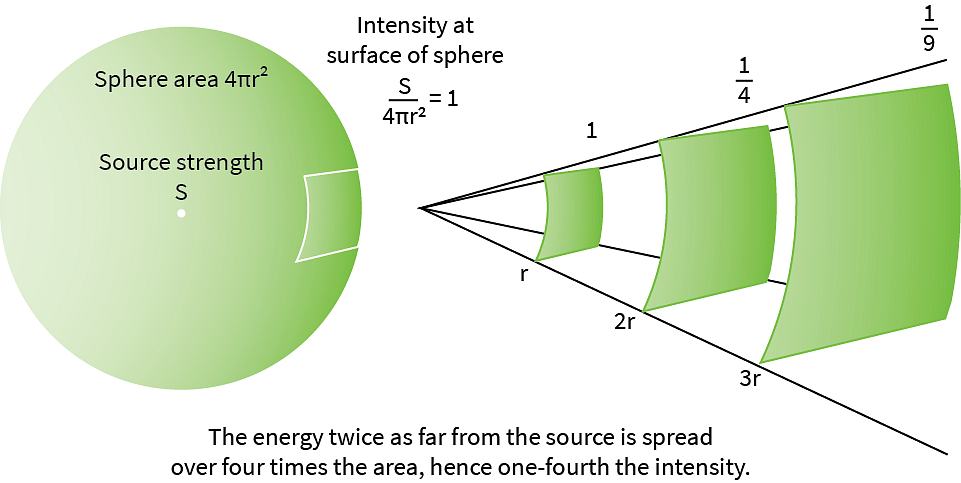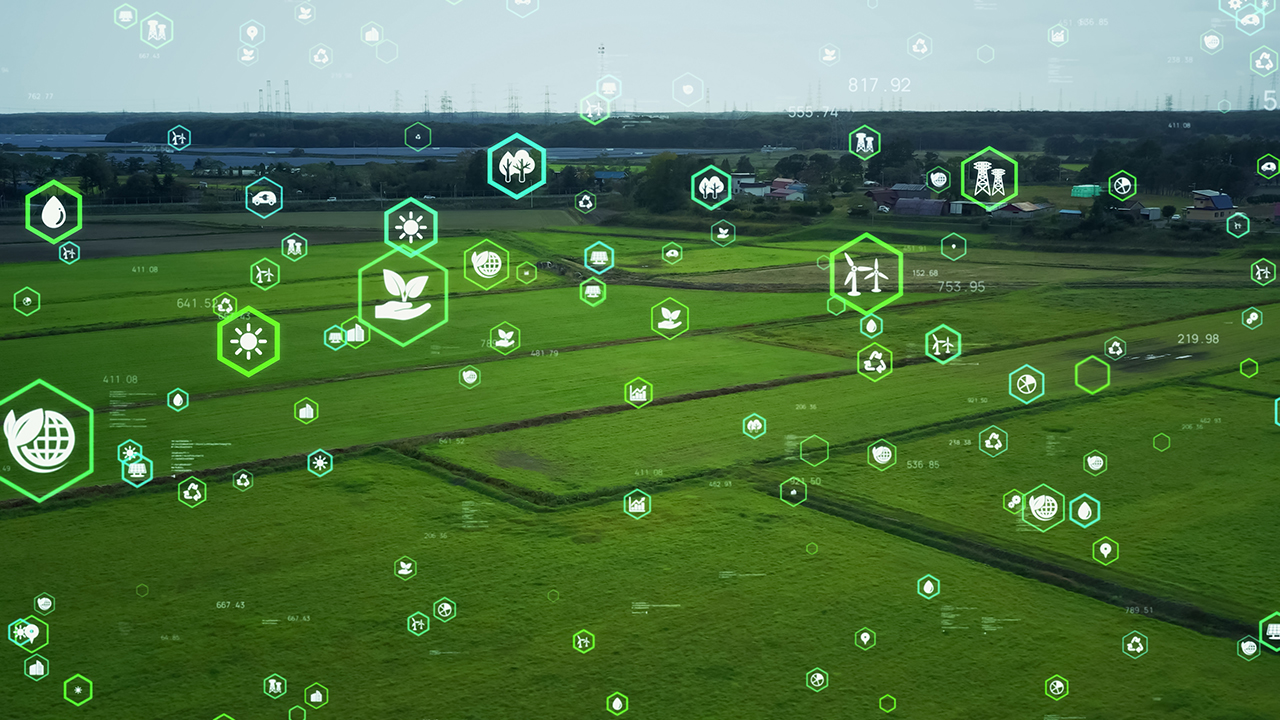Selecting a wireless module solution should be easy. In a perfect world you would simply pick the one with the longest range. That way, no matter how far apart your devices are deployed, they’d always be able to communicate. Alas, it’s not that simple. Fortunately, there are solutions that match any use case, from long range radio communication, to short range or in between.
Ask any Internet of Things expert which radio module is the best and the answer will be, “it depends.” That’s because each wireless device type has its own strengths and weaknesses. What’s great for one project may be terrible for another. For example, a module that uses very little battery power may also offer have low bandwidth. That’s a perfect solution for a wireless bathroom scale, but all wrong for streaming live video from a conference room, and vice versa.
With radio range, the same thing holds true. You need to evaluate the use case and have some understanding of how radio signals propagate depending upon both equipment and environment. In this article we look at all the considerations to determine the best choice in module range and type for your project.
Factors that Affect Wireless Signal Range
Range is defined as the maximum distance where communication can exist between two antennas in a wireless network. But range is not only about distance. Here are some important considerations:
In IoT, you often need to communicate small amounts of data from remote locations. Data throughput has a significant impact on range. When data rate increases, the range for effective communication between devices can shrink. This is because fast data rates require a higher signal-to-noise ratio for successful demodulation.
Radio signals require a lot of power because, unlike messages running through a wire, they decay in an accelerated fashion. As radio signals radiate away from their source, they rapidly spread out like ripples in a pool. Both sound and radio decay according to the inverse square law. Each time you double the distance, you require four times the amount of power, so traversing long distances uses vastly more energy compared to shorter ones.
In an RF network, the signal is the information transmitted between devices. Noise is anything else. Signal-to-noise (S/N) ratio is a metric that compares signal power levels to noise power levels. It's an important factor in determining the radio system's range, because range is about reliably distinguishing signal from noise, not the distance that a given radio signal can travel (which is infinite). Radio noise is part of the natural environment, which includes:
Lower frequency radio signals can easily diffract around objects and be bounced back by the atmosphere, increasing effective range. However, lower frequencies have limited bandwidth so throughput is constrained. Higher frequencies offer much higher throughput, but have difficulty diffracting around obstacles and will not be reflected back by the atmosphere, limiting their range.
As a radio signal travels through space, even in a vacuum, its signal will be diminished as it spreads out its energy over an ever wider area. This spreading follows the inverse square law, which describes the exponential loss of power over distance. We address free space loss at a given frequency by reducing the distance between transmitter and receiver.
When a radio signal meets an object in its path, it will scatter or diffract, with some of the energy bending around the object, but the remainder being directed away from the receiver and therefore lost. Sharp edges diffract better than rounded objects, which tend to absorb more of the signal. Diffraction is just one of many reasons for avoiding objects in the signal path.
In ideal environments like outer space, signals sent by a transmitter always arrive directly, without reflecting off any surfaces or objects. Here on Earth, things are unavoidably more complicated. In cases where the line of sight is clear, some signals will arrive directly, but others will bounce off nearby objects and terrain, thereby distorting them. Radio protocols and systems are typically designed to address some multipath interference. Placing antennas high up and clear of obstructions also helps.
Radio signals can travel an infinite distance across empty space; however, when they encounter objects, some of their energy is absorbed. Radio signals can travel through walls, but are attenuated in the process. Humidity in the air can absorb enough radio energy to disrupt high-frequency signals. Tree leaves and other vegetation in the signal path can dissipate enough of the signal to cause problems at lower frequencies.
Hills or mountains can absorb, diffract, reflect or entirely block signals from reaching their destination. The makeup of the ground itself can have an effect at low frequencies, with signals traveling better over lakes, oceans or swamps than dry areas like deserts. The Fresnel Zone, a roughly football-shaped area between the antennas, should be as clear of terrain and obstacles as possible to optimize communications performance.
Antennas transform electrical signals into radio waves to transmit information "over the air." For receivers, radio waves are transformed back into electrical variations that computers can understand. Using the right antennas correctly is critical. Poor choices can limit range, waste battery power and turn an otherwise well-conceived system into a support nightmare. See our guide, Top 10 Antenna Design Considerations for more information.
Careful device power management can extend battery life from days to years. A great way to conserve power is by matching the range of the radio to the application requirements. Choosing shorter-range protocols or manually limiting transmission power to effectively reduce range will increase battery life.
To conserve energy and extend battery life, IoT devices often use sleep modes when they are not needed. A sleeping radio module generally won’t receive any transmissions. However, many IoT use cases require devices in the field to transmit and receive.
McCoy’ve covered wireless communication range and the many factors that affect it, demonstrating why the answer to the question of how far a radio signal will go is, “it depends.” Environment, building materials, terrain, reflections, weather, antennas, transmission power, protocols, frequencies and especially signal-to-noise ratio all come into play. So how do we figure out the best solution?
The McCoy team can help you assess each of these factors and select the perfect solution to fit your project requirements and cover the ranges needed. Contact us for help with your decision making.
Subscribe to find out all the latest updates.


